How to Use Comparison test for Convergence
The Comparison Test is a fundamental method for determining the convergence or divergence of an infinite series. It involves comparing the terms of the given series with the terms of another series that has known convergence behavior. If the terms of the series are smaller than or equal to the terms of a convergent series, then the series converges. Similarly, if the terms are greater than or equal to a divergent series, then the series diverges. This test is particularly useful when direct evaluation of the series is difficult.

The Comparison Test is a method used to determine the convergence or divergence of an infinite series by comparing it with another series whose convergence properties are known. For a given series \(\sum a_n\), the test compares it to another series \(\sum b_n\), where \(b_n\) has simpler terms, making it easier to analyze.
The test works as follows:
- If \(0≤an≤bn\) for all \(n\) large enough and \(\sum b_n\) converges, then \(\sum a_n\) also converges.
- If \(an≥bn\) and \(\sum b_n\) diverges, then \(\sum a_n\) also diverges.
This test is helpful when it’s difficult to directly assess the convergence of the original series. By finding a suitable comparison series that converges or diverges, you can quickly conclude the behavior of the given series. The Comparison Test is particularly useful for series involving polynomial, exponential, or logarithmic functions.
Here are two examples demonstrating the Comparison Test:
1. Converging Series Example:
Series: \(\sum_{n=1}^{\infty} \frac{2}{n^3 + 1}\)
Comparison Series: \(\sum_{n=1}^{\infty} \frac{1}{n^3}\)
- The terms \(\frac{2}{n^3 + 1}\) are smaller than \(\frac{2}{n^3}\) for all \(n \geq 1\), and we know that \(\sum \frac{1}{n^3}\) converges (since it’s a p-series with \(p = 3\)).
- By the Comparison Test, since the comparison series converges, the original series also converges.
2. Diverging Series Example:
Series: \(\sum_{n=1}^{\infty} \frac{1}{n \ln(n)}\)
Comparison Series: \(\sum_{n=1}^{\infty} \frac{1}{n}\)
- The series \(\frac{1}{n \ln(n)}\) is larger than \(\frac{1}{n^2}\) for large \(n\), and we know that the harmonic series \(\sum \frac{1}{n}\) diverges.
- By the Comparison Test, since the comparison series diverges, the original series diverges as well.
Related to This Article
More math articles
- How to Solve Linear Inequalities in Two Variables?
- How to Master the Squeeze Theorem for Calculating Limits
- Full-Length TSI Math Practice Test-Answers and Explanations
- How to Stay Calm and Confident During a Math Test
- How Is the ALEKS Test Scored?
- How Hard Is the ALEKS Math Test?
- 8th Grade OAA Math Worksheets: FREE & Printable
- The Best TASC Math Worksheets: FREE & Printable
- How to Find the Central Angle of a Circle?
- Quick Quotient Queries: How to Estimate Division in Real-World Scenarios




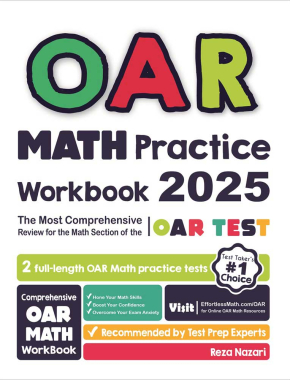



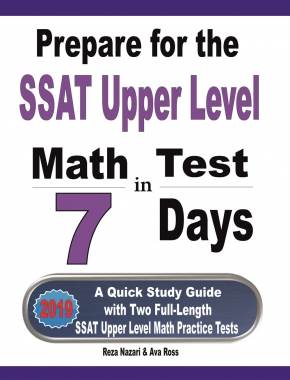

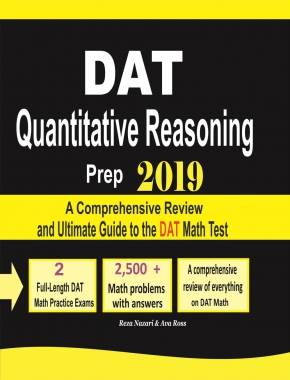
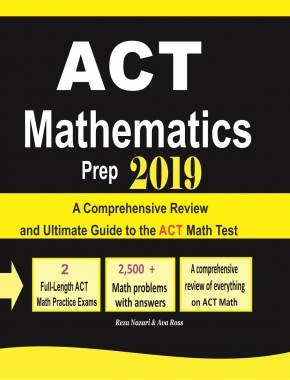
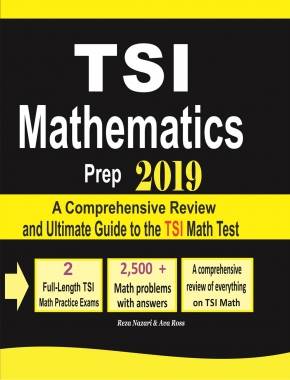
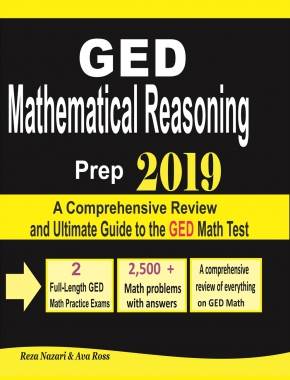
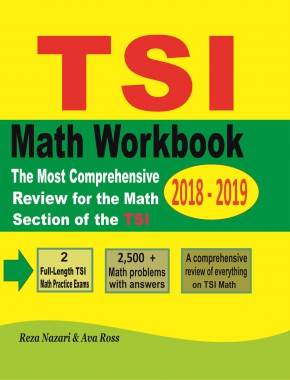














What people say about "How to Use Comparison test for Convergence - Effortless Math: We Help Students Learn to LOVE Mathematics"?
No one replied yet.